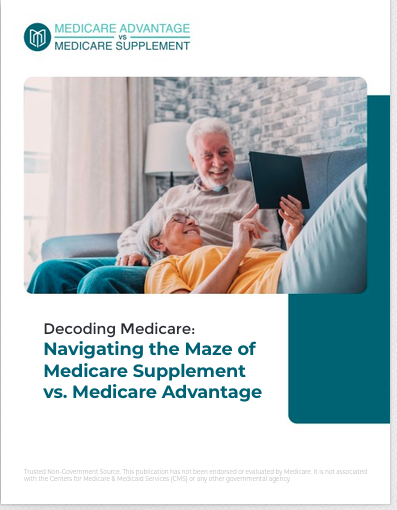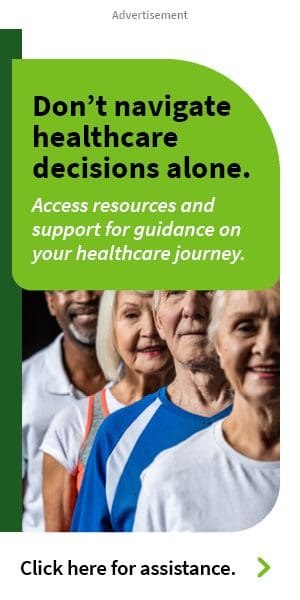Key Takeaways
-
Your Medicare Part D drug list (formulary) determines which pharmacies you can use by aligning with network pharmacy agreements.
-
Understanding preferred vs. standard pharmacies can help you save money and ensure access to the medications you need.
How Your Medicare Part D Drug List Affects Your Pharmacy Choices
Medicare Part D can seem complicated, and one area that often confuses people is how their drug list (formulary) affects which pharmacies they can use. You might assume you can walk into any pharmacy and get your prescription at the same price, but that’s not always the case. Your plan’s formulary plays a big role in determining not just your medication coverage but also where you can fill those prescriptions affordably.
What Is a Medicare Part D Drug List?
Every Medicare Part D plan comes with a formulary—this is simply a list of medications the plan covers. The formulary is divided into tiers, with lower-tier drugs generally costing less than higher-tier medications. But what many people overlook is that this list is directly tied to the pharmacies you can use, and, more importantly, how much you’ll pay at different pharmacy locations.
Network Pharmacies vs. Out-of-Network Pharmacies
Just like with other types of insurance, Medicare Part D plans have a pharmacy network. These networks include pharmacies that have agreements with the plan to provide medications at lower costs. Here’s how it works:
-
Network pharmacies: These are pharmacies that accept your Part D plan and can fill your prescriptions at negotiated rates.
-
Out-of-network pharmacies: These are pharmacies that don’t have agreements with your plan. If you use one, you may have to pay full price for your medications, and in some cases, the plan won’t cover the cost at all.
Preferred vs. Standard Pharmacies
Even within your plan’s network, pharmacies are not all the same. Many Part D plans differentiate between preferred and standard network pharmacies:
-
Preferred pharmacies: These offer the lowest copays and out-of-pocket costs under your plan.
-
Standard pharmacies: These are still in the network, but you may pay higher copays compared to preferred locations.
When selecting a Part D plan, it’s crucial to check if your regular pharmacy is considered a preferred option. Otherwise, you could end up paying more for the same medication.
How to Find Out Which Pharmacies You Can Use
Before you enroll in a Part D plan or when reviewing your current coverage, follow these steps to determine your best pharmacy options:
1. Check Your Plan’s Pharmacy Directory
Every Part D plan provides a pharmacy directory listing all in-network pharmacies. You can typically find this online through your plan provider’s website or request a printed copy.
2. Review Your Plan’s Formulary
Compare your medications with the formulary. Not only should your prescriptions be covered, but you’ll also want to see which pharmacies offer them at the best price.
3. Look for Preferred Pharmacy Options
If you frequently visit a specific pharmacy, verify whether it is categorized as a preferred location within your plan.
4. Compare Costs at Different Pharmacies
Some plans have cost estimators that allow you to check what your prescriptions will cost at different pharmacies.
Mail-Order Pharmacies: Another Option
Many Medicare Part D plans offer mail-order services, which can be a cost-effective and convenient alternative to retail pharmacies. Mail-order pharmacies allow you to receive medications in 90-day supplies, often at lower costs than local pharmacies.
However, not all medications are available through mail order, and some people prefer face-to-face interactions with pharmacists. Be sure to weigh these factors before making a switch.
What Happens If You Use an Out-of-Network Pharmacy?
If you end up at a pharmacy that isn’t in your plan’s network, you may have to pay full price for your prescription. Depending on your plan, you might be able to submit a reimbursement request, but there’s no guarantee your plan will cover the full cost.
There are some exceptions where you might be able to use an out-of-network pharmacy, such as during a natural disaster or if you’re traveling and don’t have access to an in-network location. In these cases, you should contact your plan provider to find out what steps to take.
What to Do If Your Preferred Pharmacy Leaves the Network
Pharmacy networks can change year to year, meaning a pharmacy that was in-network this year might not be next year. If this happens:
-
Your plan will notify you of the change.
-
You can either switch to another in-network pharmacy or consider changing your Part D plan during the next enrollment period.
-
If you need immediate medication, talk to your plan provider to see if there are any temporary solutions.
The Importance of Reviewing Your Plan Annually
Medicare Part D plans change every year, including formularies and pharmacy networks. That’s why it’s essential to review your plan annually during Medicare’s Open Enrollment Period (October 15 – December 7). During this time, you can switch plans if you find one with better pharmacy coverage or lower costs.
Tips to Maximize Savings on Your Prescriptions
-
Use a preferred pharmacy: Always check whether your pharmacy is preferred to get the lowest costs.
-
Opt for generic drugs: If your medication has a generic version, it will likely be in a lower formulary tier, saving you money.
-
Consider mail-order options: For maintenance medications, mail order can provide convenience and lower costs.
-
Apply for Extra Help: If you have limited income, you may qualify for the Extra Help program, which reduces drug costs under Part D.
Why Your Medicare Part D Drug List Matters
Understanding your Medicare Part D formulary isn’t just about knowing which drugs are covered—it directly impacts where you can fill your prescriptions and how much you’ll pay. Choosing the right plan with the right pharmacy network can make a significant difference in your overall healthcare costs.









